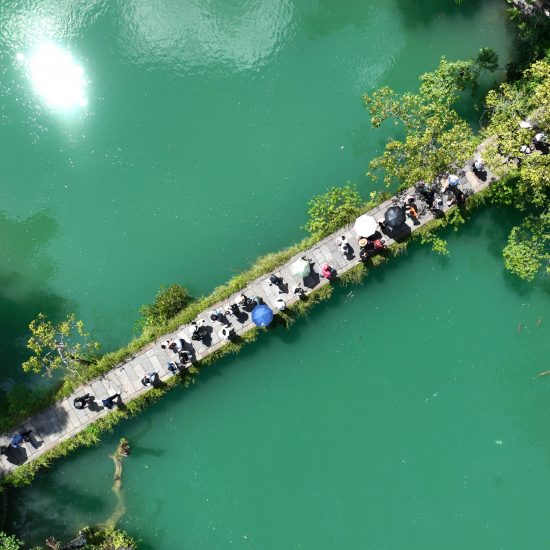Climate change is no longer a distant threat on the horizon, but a looming crisis for coastal cities around the world. As sea levels rise due to melting glaciers and thermal expansion of the oceans, densely populated urban centers face an existential threat. These megacities, already strained by resource limitations and infrastructure issues, are particularly vulnerable to the inundation of low-lying areas, saltwater intrusion into freshwater supplies, and increasingly powerful storms.
One of the major challenges is that many of the world’s fastest-growing cities are located on coastlines. Jakarta, Indonesia, for example, is subsiding at an alarming rate due to excessive groundwater extraction, causing parts of the city to sink below sea level. Compounding this problem is the fact that much of Jakarta sits on a floodplain, making it exceptionally prone to flooding during heavy rains and storm surges. Similarly, Mumbai, India, faces a double threat from rising seas and extreme weather events. Overcrowded slums built on reclaimed land are particularly vulnerable to storm surges, while saltwater intrusion threatens the city’s already strained water supplies.
The economic impact of climate change on coastal cities is also significant. Coastal areas are hubs for international trade and commerce, and flooding and storm damage can disrupt these activities, leading to billions of dollars in losses. Additionally, critical infrastructure, such as power plants, transportation networks, and communication systems, are often located in low-lying areas, making them susceptible to damage from rising sea levels.
While the situation seems dire, there are steps that can be taken to mitigate the risks. Investing in sea walls, levees, and other coastal defenses can provide some protection against rising seas. Urban planning also needs to be adapted to take climate change into account. Building new infrastructure on higher ground and developing flood-resistant construction techniques are essential measures. Protecting and restoring mangroves and other coastal ecosystems can also help to buffer the impact of storms and storm surges.
International cooperation is crucial in addressing this global challenge. Developed countries need to assist developing nations in building resilience to climate change. Sharing best practices, transferring technology, and providing financial aid are all essential components of a coordinated international effort.
The world’s growing coastal cities are facing a perfect storm of rising sea levels, extreme weather events, and increasing populations. By taking decisive action now, we can still protect these vital centers and ensure a sustainable future for their inhabitants.
____________________________________
This article first appeared on Greenlogue and is brought to you by Hyphen Digital Network





